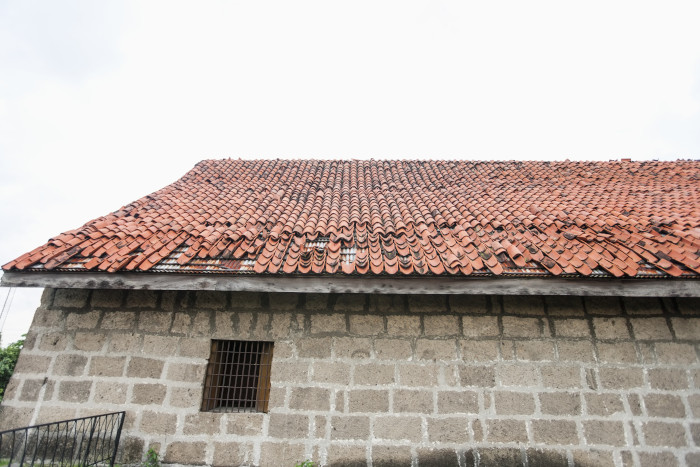We’ve previously discussed how moss can be harmful for your roof, and why you must have it removed right away. Today, we will talk about the steps you need to take to keep it from causing damage.

Clear away the moss
Carefully place a ladder near the area of moss growth, and don slip-resistant shoes, old clothes, rubber gloves, and eye protection. (You may also want to secure yourself with a safety rope.) Hose off the area with plain water, spraying at a downward angle. Then, use a long-handled soft-bristle scrub brush to remove the moss from the roof, scrubbing from the top down to avoid lifting shingles. As you continue, rub gently—don’t scrape, scour, or pound on the roof—and work in one small section at a time to avoid ripping, cracking, or breaking the shingles.
Note: Don’t use a pressure washer on the roof. The high-powered water jets can damage shingles and remove the shingle granules that protect the roof. Source: BobVila
Kill off the remaining moss
Moss may be hardy, but not hardy enough to stand up to bleach, vinegar or even dish soap. You can combine any of these common household supplies with water to make a spray that will prove lethal to roof moss. Start with 2 gallons of water and add any of the following ingredients:
– 8 ounces dish soap
– 1 pound oxygenated bleach
– 1 1/2 to 3 1/2 cups of liquid chlorine bleach or white vinegar.
– Let the solution remain on the moss for 20 to 45 minutes, which should be long enough for the moss to die.
If you prefer to use a store-bought moss killer, you have your choice of several products, including Wet & Forget, Moss B Ware or Bayer 2-in-1 Moss and Algae Killer. Follow the directions on the container for the best use of any of these products. Some are designed to be rinsed off, while others must remain on the moss for an extended period to do their job. Source: Hunker
Use copper flashing for prevention
Copper flashing around skylights and chimneys isn’t typically affected by moss growth, because as water runs off of the flashing, it carries traces of copper sulfate, which is a natural herbicide that prevents moss growth. Typically it’s best to place copper strips as high up on the roof as possible so that when water runs down your roof, the traces of copper sulfate cover as much of the roof surface as possible. If you have a long roof, you may need to install a strip of copper halfway up the roof, as well. According to Ask the Builder, one strip of copper protects 14 to 18 feet of roof below it. Source: HomeGuides.SFGate
Getting rid of moss can be a dangerous job if you don’t have the right tools. Let us help you out. Call us!
Contact:
Kerrisdale Roofing & Drains
8296 Ross St, Vancouver, BC V5X 4C6
(604) 360-2114
from Kerrisdale RD https://ift.tt/2AsF3JX
No comments:
Post a Comment